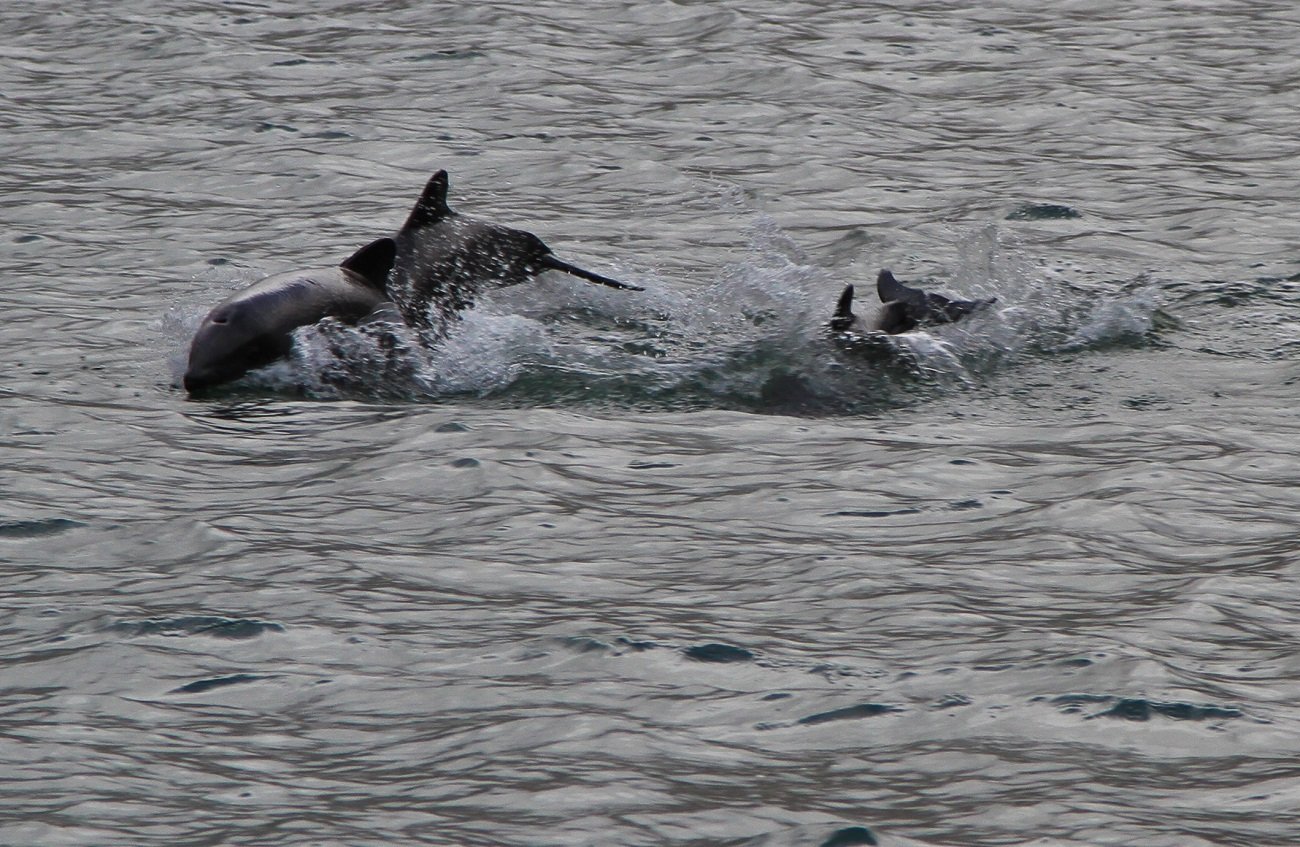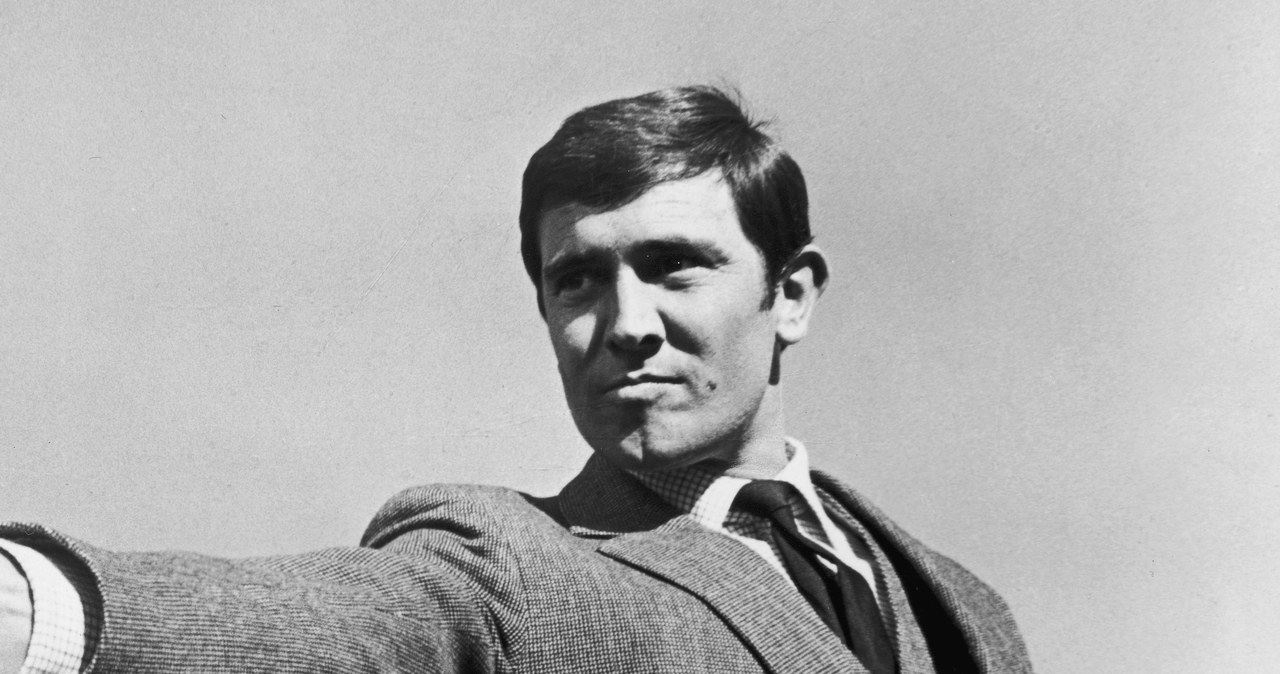As Jonathan McDowell, who monitors our immediate space environment on a daily basis, reports, a troubling event has occurred in orbit in recent days. At an altitude of about 1,400 kilometers above the Earth’s surface, the old, inactive satellite Kosmos-2143 (or Kosmos-2145), which was launched into orbit in 1991 as part of the Strela-1M programme, broke into pieces. And the entire constellation consisted of eight satellites.
Astronomers observing space instead of the satellite detected seven larger objects moving along a similar path to the path followed by the satellite so far.
The problem is serious, because inactive satellites left more than 800 kilometers above the Earth’s surface are so high that even the rarefied atmosphere is unable to bring them to Earth. Anything left at the end of the mission will keep spinning until… it hits something else. And this is a serious problem.
Also read: In the middle of the night, a huge piece of space debris lit up the sky. Massive recording
The space debris problem is becoming more serious every year.
Whereas at the beginning of the 21st century there were several hundred satellites in orbit, there are now approximately 10,000. By the end of the decade, there may actually be 100,000 of them. The more satellites there are, the more satellites will pass through each one. other orbital velocities. This means that satellite operators on Earth will have more and more work to do in detecting potential collision paths and maneuvering to pass satellites safely.
The problem is that there are approximately 35,000 pieces of space debris currently in orbit, over which we have no control and which active satellites must avoid like the plague by performing appropriate orbital maneuvers. This figure only applies to objects with a diameter of at least 10 cm. There are still about a million of them 1-10 cm in diameter, and several hundred million of smaller ones. All these things must be constantly monitored so as not to lead to some kind of tragedy. It is worth noting here that even an object with a diameter of a few millimeters is capable of causing a lot of damage at orbital speed. In 2016, such an object punched a 40-centimetre hole in the solar panel of the Sentinel-2 satellite. Just imagine what would happen if it were not a satellite, but an astronaut doing a spacewalk.
Read also: Space debris hit the International Space Station. indicated damage
Unfortunately, there will be more and more of these collisions. Just a week ago, we learned that Vespa, a component of the Vega rocket that was launched into orbit a decade ago and was supposed to be the target of the ClearSpace mission, had been hit by another space debris. Such collisions, when they occur in isolation, present a problem for satellite operators at best. However, in the pessimistic scenario, it may create such a large debris cloud that operators will be unable to keep up with the satellite’s maneuvers and more collisions will occur. At some point, it could turn into a chain reaction where everything collides with everything until orbit turns into a giant garbage can filled with billions of fragments of satellites, probes, space stations and rockets. If something like this happened, humanity would have to shut down its space program for several tens, perhaps several hundred years. I don’t think anyone would want that.

Echo Richards embodies a personality that is a delightful contradiction: a humble musicaholic who never brags about her expansive knowledge of both classic and contemporary tunes. Infuriatingly modest, one would never know from a mere conversation how deeply entrenched she is in the world of music. This passion seamlessly translates into her problem-solving skills, with Echo often drawing inspiration from melodies and rhythms. A voracious reader, she dives deep into literature, using stories to influence her own hardcore writing. Her spirited advocacy for alcohol isn’t about mere indulgence, but about celebrating life’s poignant moments.







